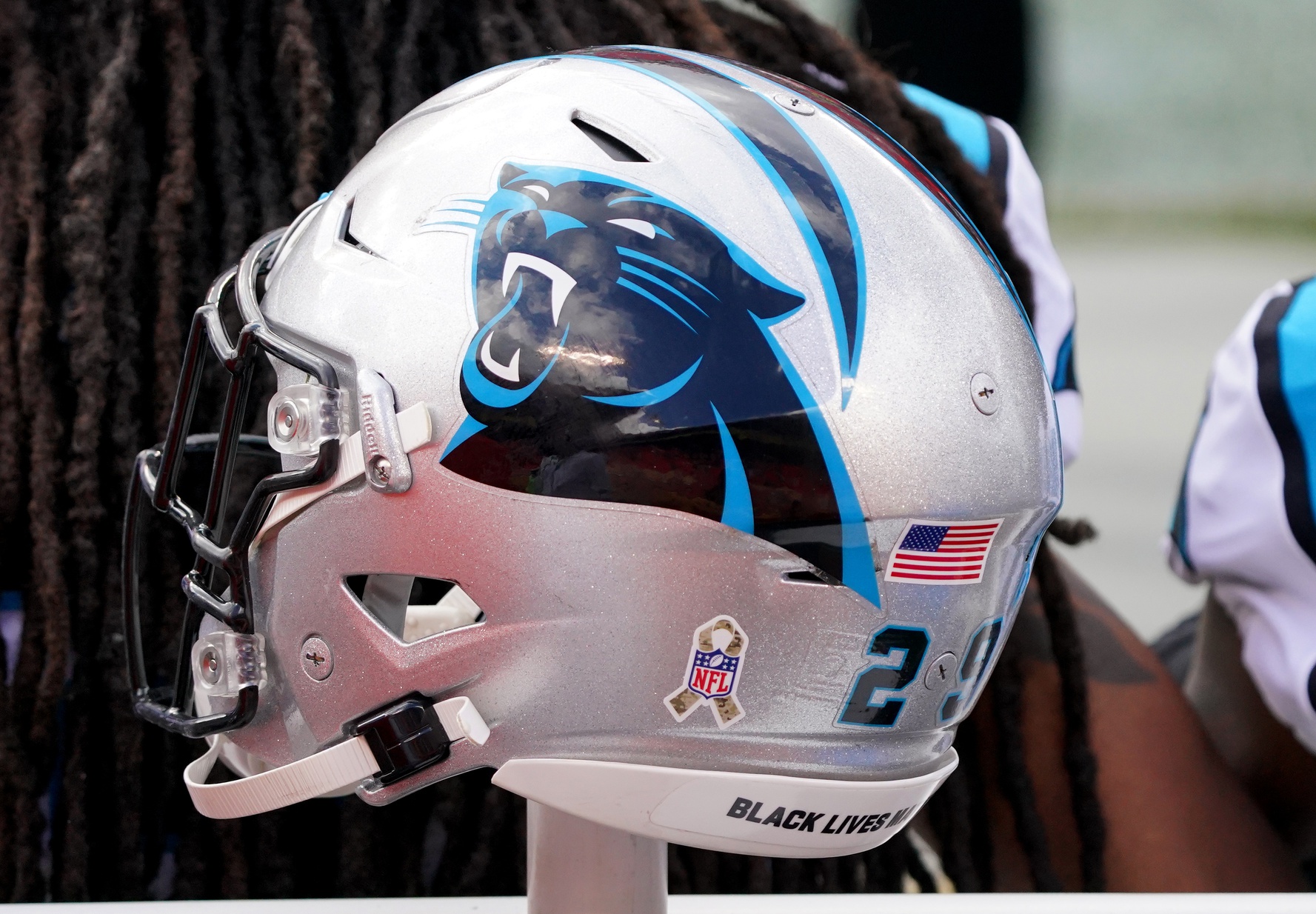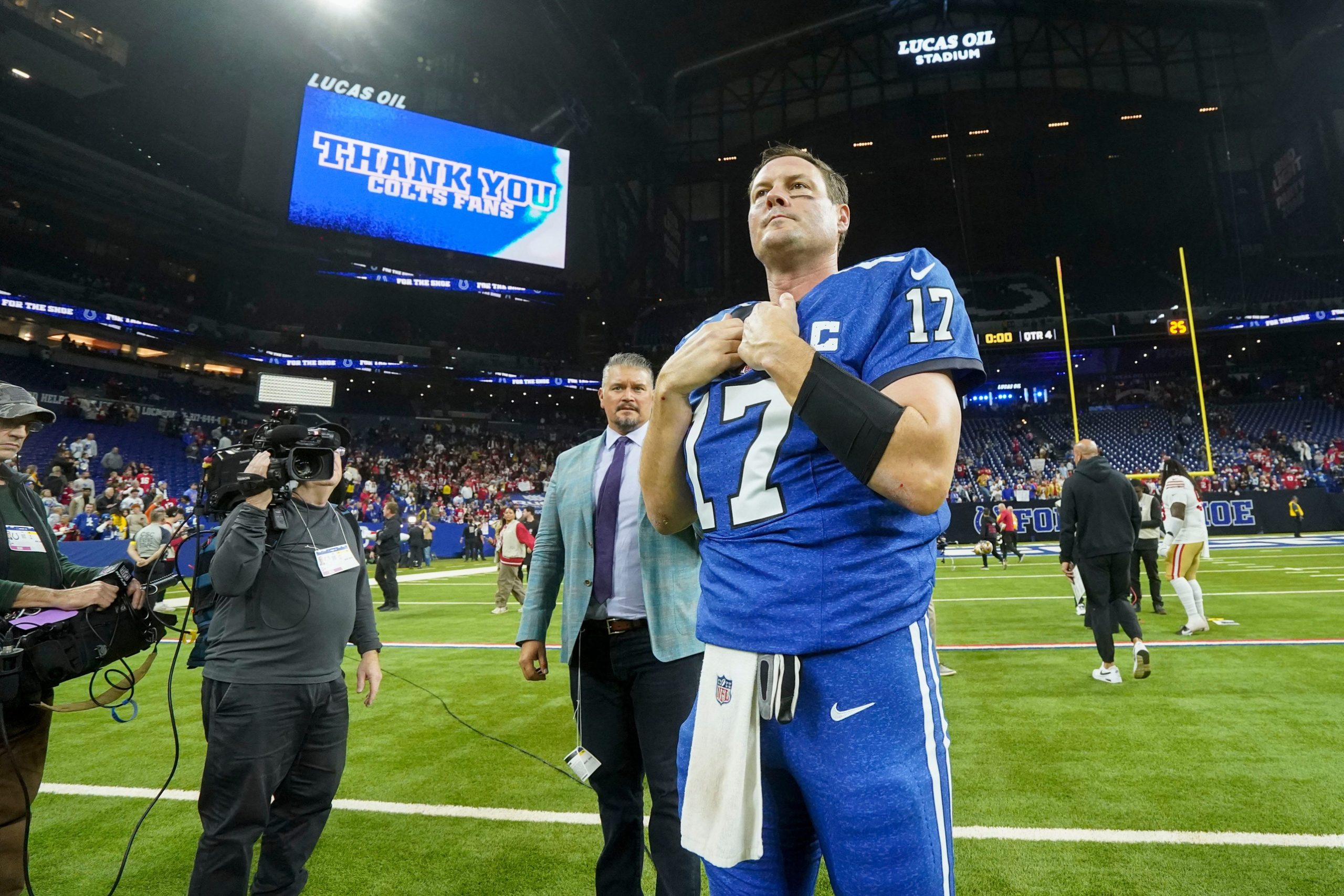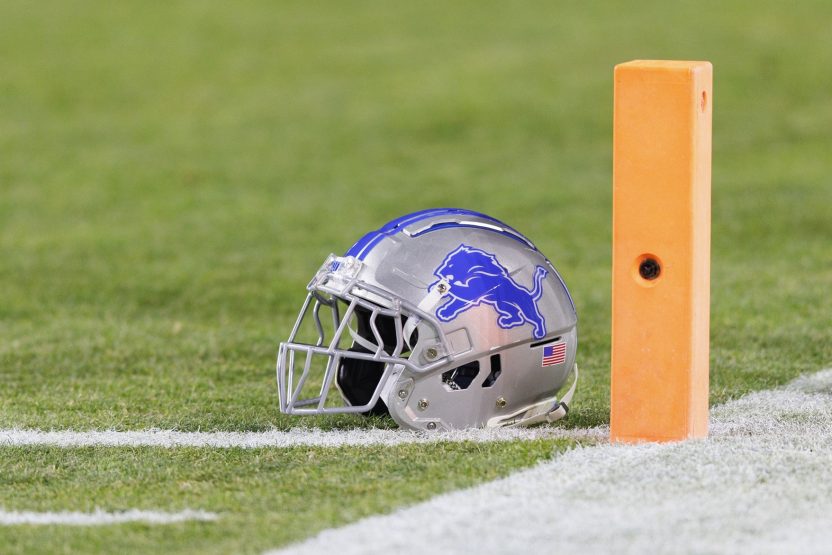Grab your favorite adult beverage and a significant other this evening to watch a very rare lunar eclipse.
A total lunar eclipse will be visible across North America tonight, just in time for the longest night of the year. This will be the first time a lunar eclipse has fallen on the winter solstice since 1638.
The Earth’s shadow will begin to blot out the moon at 1:32 am EST (10:32 pm PST). During totality, when the Earth is directly between the moon and the sun, the moon will turn a rusty orange-red for 72 minutes from 2:41 am to 3:53 am EST (11:41 pm to 12:53 am PST).
Sky watchers in Europe, West Africa, and South America will see only part of the eclipse before it is interrupted by sunrise (see chart below). This is also the last time a total lunar eclipse will be visible from North America until April 2014.
The Earth’s shadow appears nearly black against the moon until totality, when sunlight filtering through Earth’s atmosphere casts a ruddy glow. An observer standing on the moon and looking back toward Earth would see a ring of red light circling the Earth, marking all the sunrises and sunsets all over the planet.
The curved edge of the Earth’s shadow as it sweeps across the moon during partial eclipse was one of the first hints to ancient astronomers that the Earth is round.
If you only want a quick glimpse of the eclipse (standing outside for four hours in December takes serious dedication), bundle up and look skywards at 3:17 am EST (12:17 am PST), when the moon will be in deepest shadow and displaying its best coppery red hue.








About Chris Partlow
Recent Posts
Panthers all in on clash with Buccaneers
"You got to go get it."
Kelce emotional after final home game of season
"A whole lot of emotions."
Justin Herbert remembers 2024 playoff embarrassment
"No one felt worse than I did after that game."
Philip Rivers not able to do enough in impressive showing
"I'm torn on how to express it."
Lions not blaming refs after crucial loss
"And at the end of the day, that's on us."
Caleb Williams shines in OT thriller
"I knew it was good."